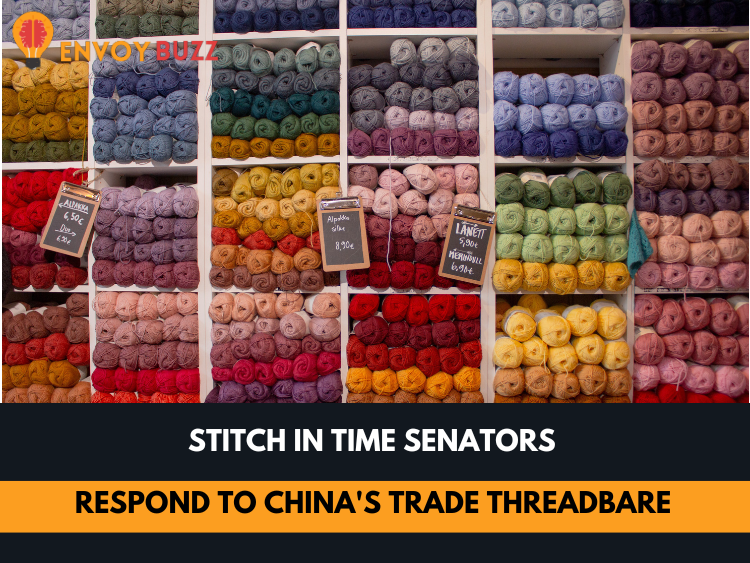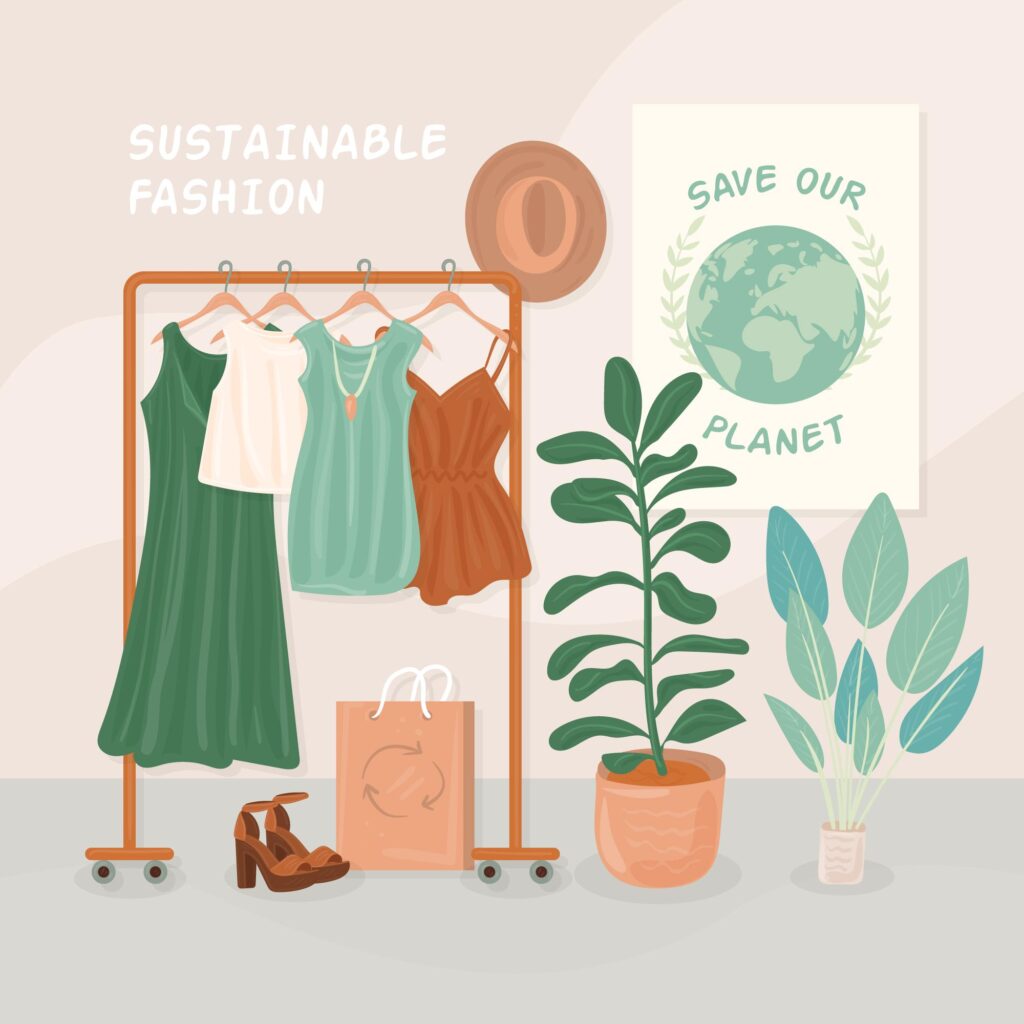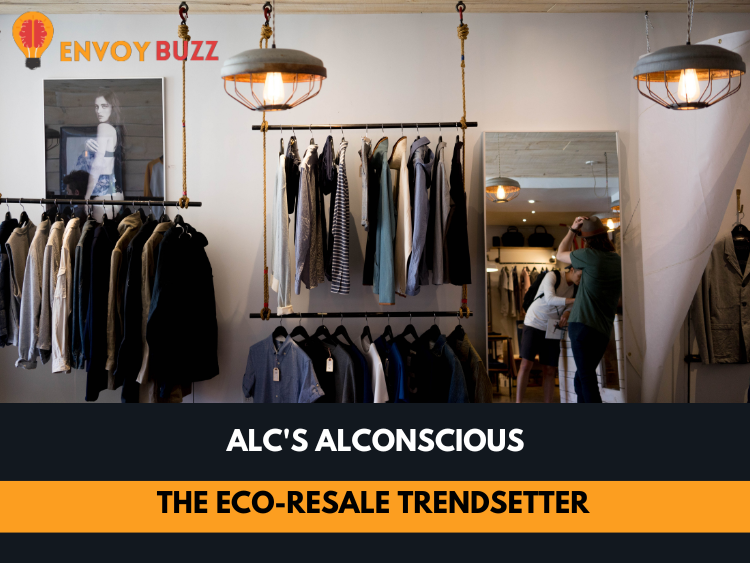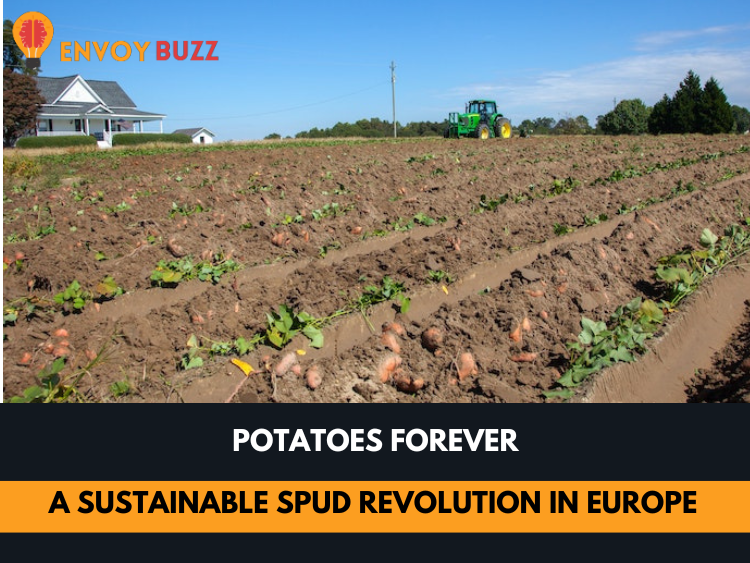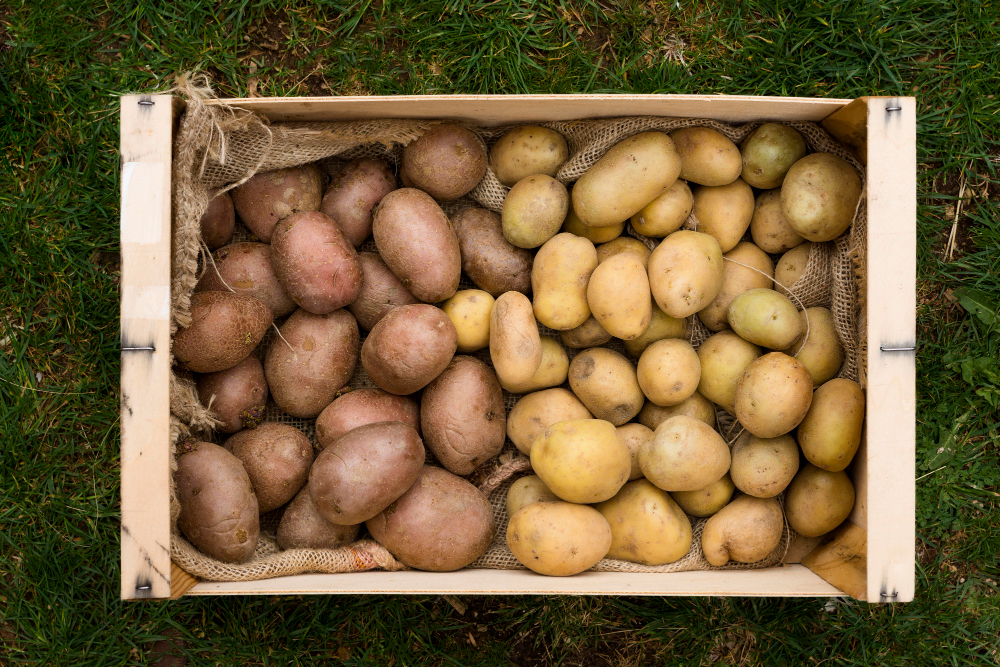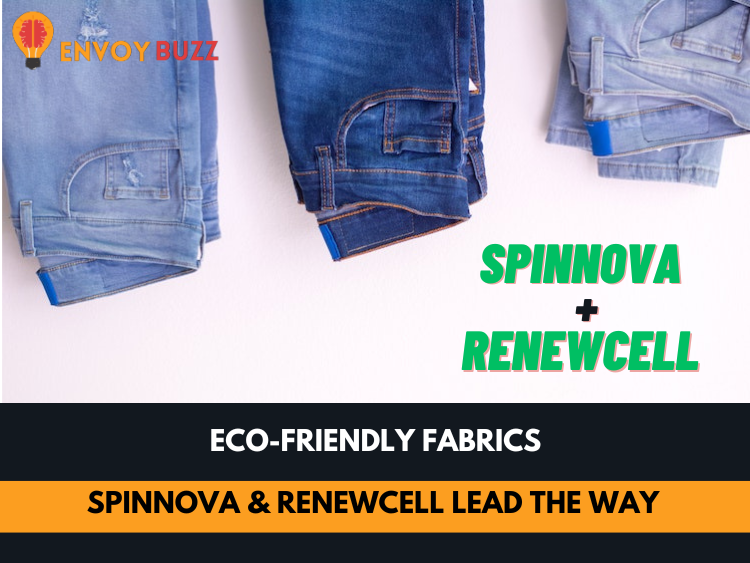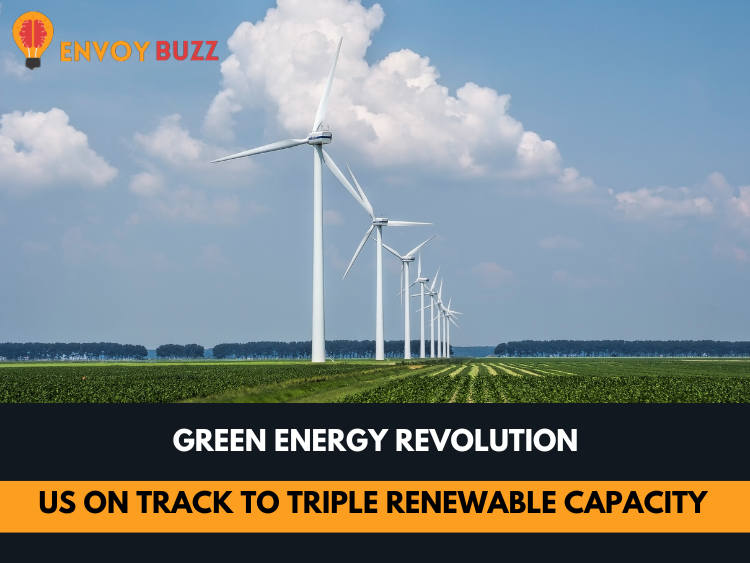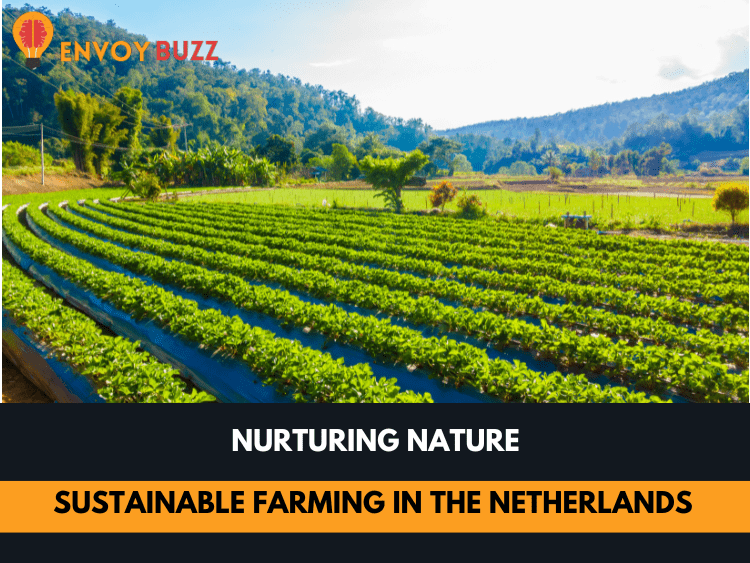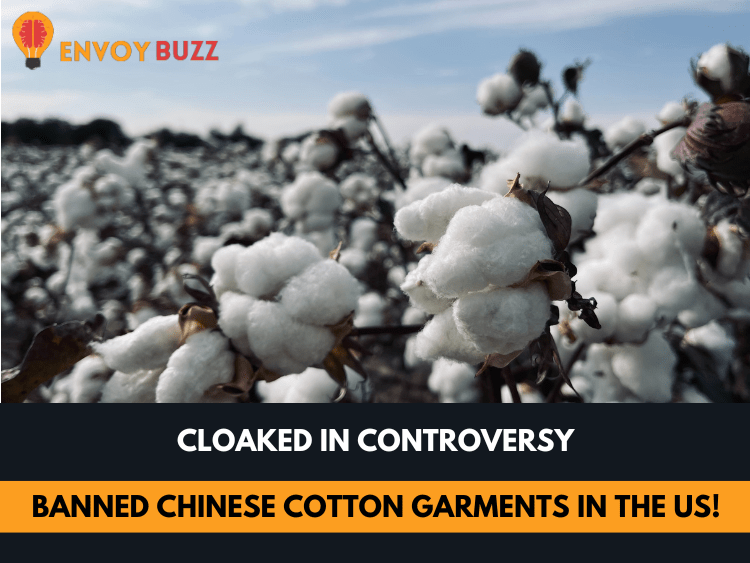In a unified front, a bipartisan group of US Senators is sounding the alarm on what they term as China’s ‘illegal trade practices,’ asserting that these could spell impending disaster for the American textile and apparel industry, employment rates, and the broader Western Hemisphere. Senators Thom Tillis, Sherrod Brown, Raphael Warnock, Ted Budd, J.D. Vance, Tim Scott, Lindsey Graham, and Ben Ray Luján are urging President Biden to take swift action by convening a meeting of high-ranking officials from the National Security Council, Department of the Treasury, Department of Commerce, Department of Homeland Security, and the US Trade Representative.
The primary objective of this gathering is to “identify the underlying issues, develop effective and expedient solutions, and engage directly with the US textile and apparel industry and regional allies.” The senators underscore the critical importance of the US textile and apparel sector to the economy, healthcare, and national security, highlighting that the $39 billion in yearly exports from the industry supports over 500,000 jobs.
Expressing deep concern about China’s ‘aggressive and illegal practices,’ the senators draw attention to issues such as transshipment, undervaluation of inexpensive goods, coerced labor, and circumvention of tariffs and penalties that could significantly impact US supply chains. In response, the senators propose specific actions for the Biden administration, including intensified enforcement against forced labor-subsidized textiles and apparel, ending duty-free treatment for clothing made with forced labor under de minimis, and a comprehensive review of executive authorities to hold China accountable for its ‘predatory’ trade practices.
Kim Glas, President, and CEO of the National Council of Textile Organizations (NCTO), lauded the bipartisan effort by the senators. Glas commended Senators Tillis and Brown for taking the lead in this initiative and stressed the urgent need for action to address a range of illicit trade practices that are ‘severely impacting’ the US textile and apparel industry.
The senators’ initiative comes at a crucial juncture, highlighting the growing consensus across party lines on the need to address the challenges posed by China’s trade practices. As the global economic landscape continues to evolve, the resilience and competitiveness of the American textile and apparel sector are increasingly seen as vital components of national economic security.
For more blogs visit Envoybuzz.

